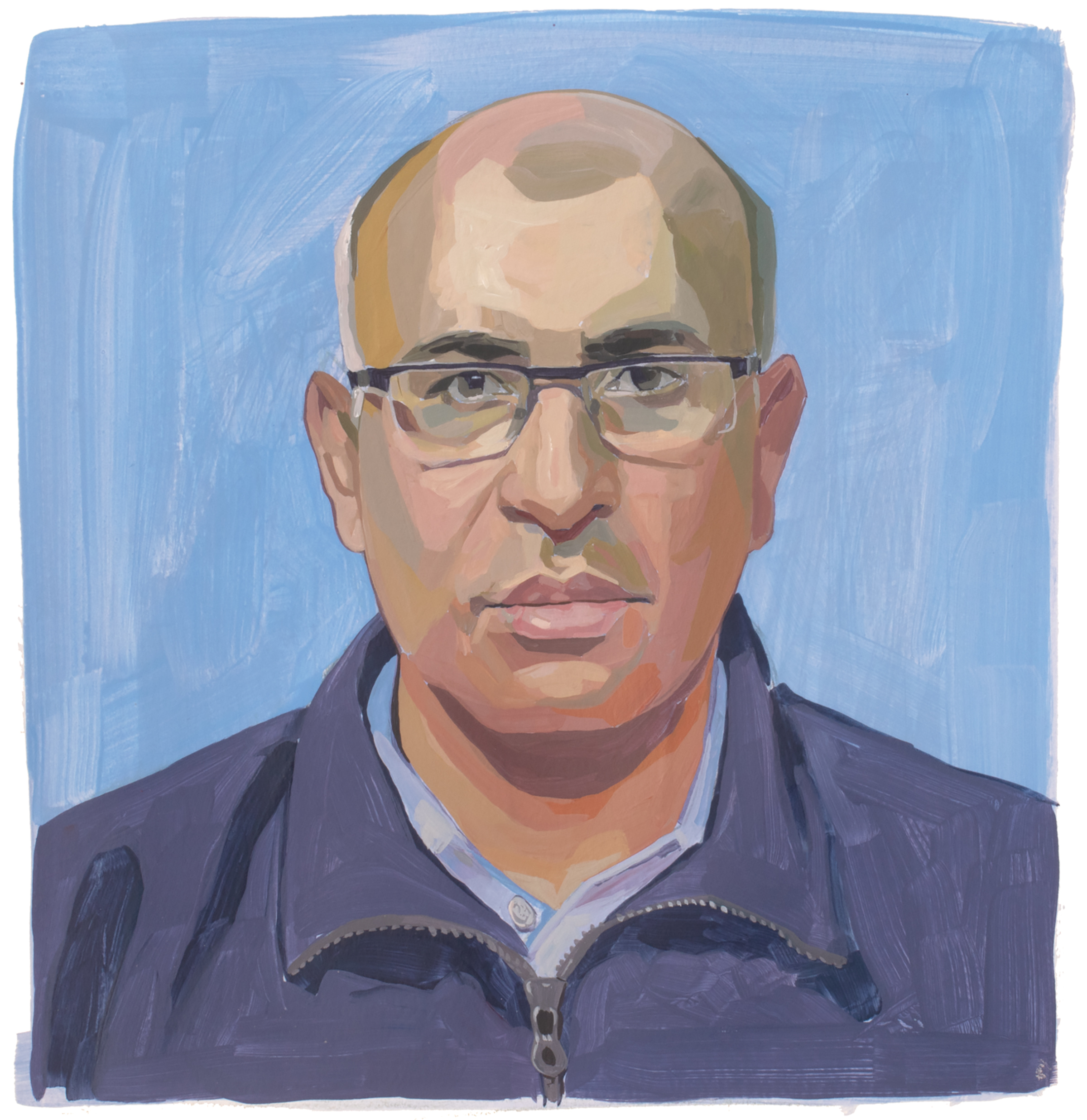Newly powerful weight-loss drugs became the biggest story in health in the past year—and Dr. Jens Juul Holst, Dr. Joel Habener, Svetlana Mojsov, and Dr. Daniel Drucker played pivotal roles in making those medications possible. The scientists conducted the early work, beginning in the 1970s, on glucagon-like peptides, or GLPs, that first transformed the treatment of diabetes and now that of obesity.
As with many groundbreaking medical developments, it was a group effort. Holst, at the University of Copenhagen (where he’s now professor of endocrinology and metabolism), noticed that after intestinal surgery, patients’ levels of insulin soared while their blood-sugar levels dropped; he attributed the changes to several gut-related hormones, including glucagon, which is made in the pancreas. Around the same time, an ocean and a continent away in Boston, Habener (who’s now professor of medicine at Harvard Medical School and Massachusetts General Hospital) and Drucker worked with animals in the lab at Massachusetts General Hospital and identified new types of glucagon hormones that they called GLP-1 and GLP-2. Mojsov, a chemist two floors away, also independently identified the active portion of GLP-1, which is mimicked in the new weight-loss drugs as the key compound in Ozempic and Wegovy (made by Novo Nordisk), and one of two main compounds in Mounjaro and Zepbound (made by Eli Lilly). Mojsov (who’s now research associate professor at the Rockefeller University) produced large amounts of the peptide and developed antibodies to stick to them. The trio eventually collaborated on critical scientific papers that described the active part of GLP-1 in the guts of rats, and documented that increasing GLP-1 levels corresponded to increasing levels of insulin.
Decades later, that understanding led to today’s revolution in diabetes and obesity treatments, which appear to be only the beginning for GLP-1 based medicines. The drugs have been approved to reduce the risk of heart disease, and researchers are studying them as potential therapies for kidney and liver disease, brain conditions like Alzheimer’s, and many more. “I don’t pretend that GLP-1 medicines will work for every single condition for which they are being studied,” says Drucker, now professor of medicine at Lunenfeld-Tanenbaum Research Institute at the University of Toronto. “But if they show benefit for even half of these conditions, then that will be a tremendous win for people struggling with them.”
More Must-Reads from TIME
- Cybersecurity Experts Are Sounding the Alarm on DOGE
- Meet the 2025 Women of the Year
- The Harsh Truth About Disability Inclusion
- Why Do More Young Adults Have Cancer?
- Colman Domingo Leads With Radical Love
- How to Get Better at Doing Things Alone
- Michelle Zauner Stares Down the Darkness
Contact us at letters@time.com





